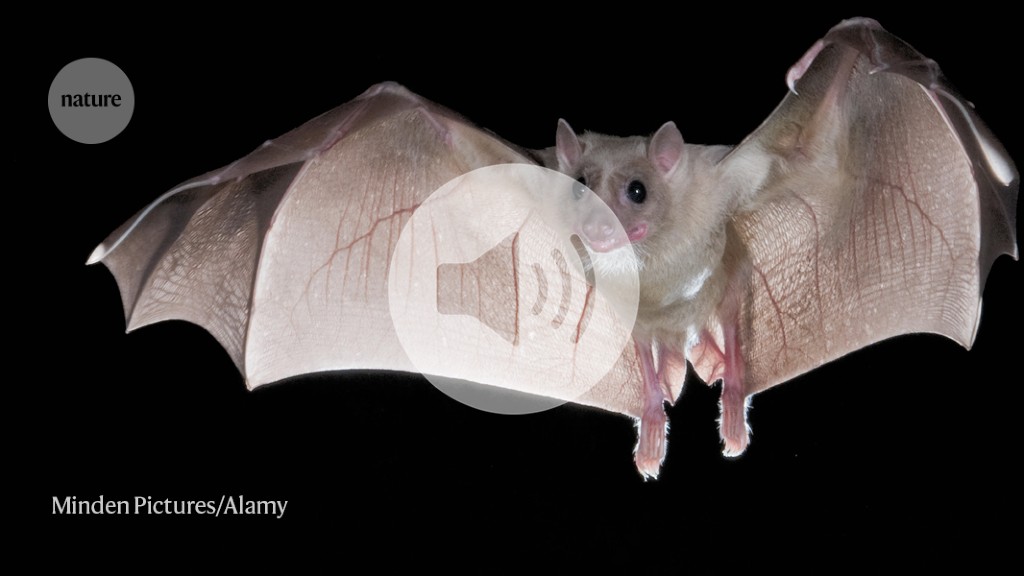In this episode:
00:47 Mapping a bat’s navigation neurons in 3D
Grid cells are neurons that regularly fire as an animal moves through space, creating a pattern of activity that aids navigation. But much of our understanding of how grid cells work has involved rats moving in a 2D plane. To figure out how the system works in a 3D space, researchers have mapped the brain activity of bats flying freely around a room.
Research Article: Ginosar et al.
07:44 Research Highlights
How a ‘toxin sponge’ may protect poison dart frogs from themselves, and the world’s oldest known coin foundry has been located.
Research Highlight: An absorbing tale: poison dart frogs might have a ‘toxin sponge’
Research Highlight: Found: the world’s oldest known mint and its jumbo product
09:59 A flexible fabric that transforms from soft to rigid (and back again)
Researchers have created a ‘tunable’ fabric, inspired by medieval chain mail, that when compressed changes from flexible to rigid. The stiffened structure can hold 30 times its own weight, and the team behind it suggest this material could be used to build temporary shelters or have medical applications.
Research article: Wang et al.
16:33 Stark warning from the IPCC’s latest report
This week the UN’s Intergovernmental Panel on Climate Change released its long awaited report compiling the latest climate science data. Nature’s Jeff Tollefson joins us to discuss the report and the warnings it contains for our warming world.
News: IPCC climate report: Earth is warmer than it’s been in 125,000 years
Never miss an episode: Subscribe to the Nature Podcast on Apple Podcasts, Google Podcasts, Spotify or your favourite podcast app. Head here for the Nature Podcast RSS feed.







More News
Atomic clock keeps ultra-precise time aboard a rocking naval ship
Regioselective hydroformylation of propene catalysed by rhodium-zeolite – Nature
‘Shut up and calculate’: how Einstein lost the battle to explain quantum reality